Fieldwork
This listing expired on July 31, 2024. Please contact piaraperu@gmail.com for any updated information.
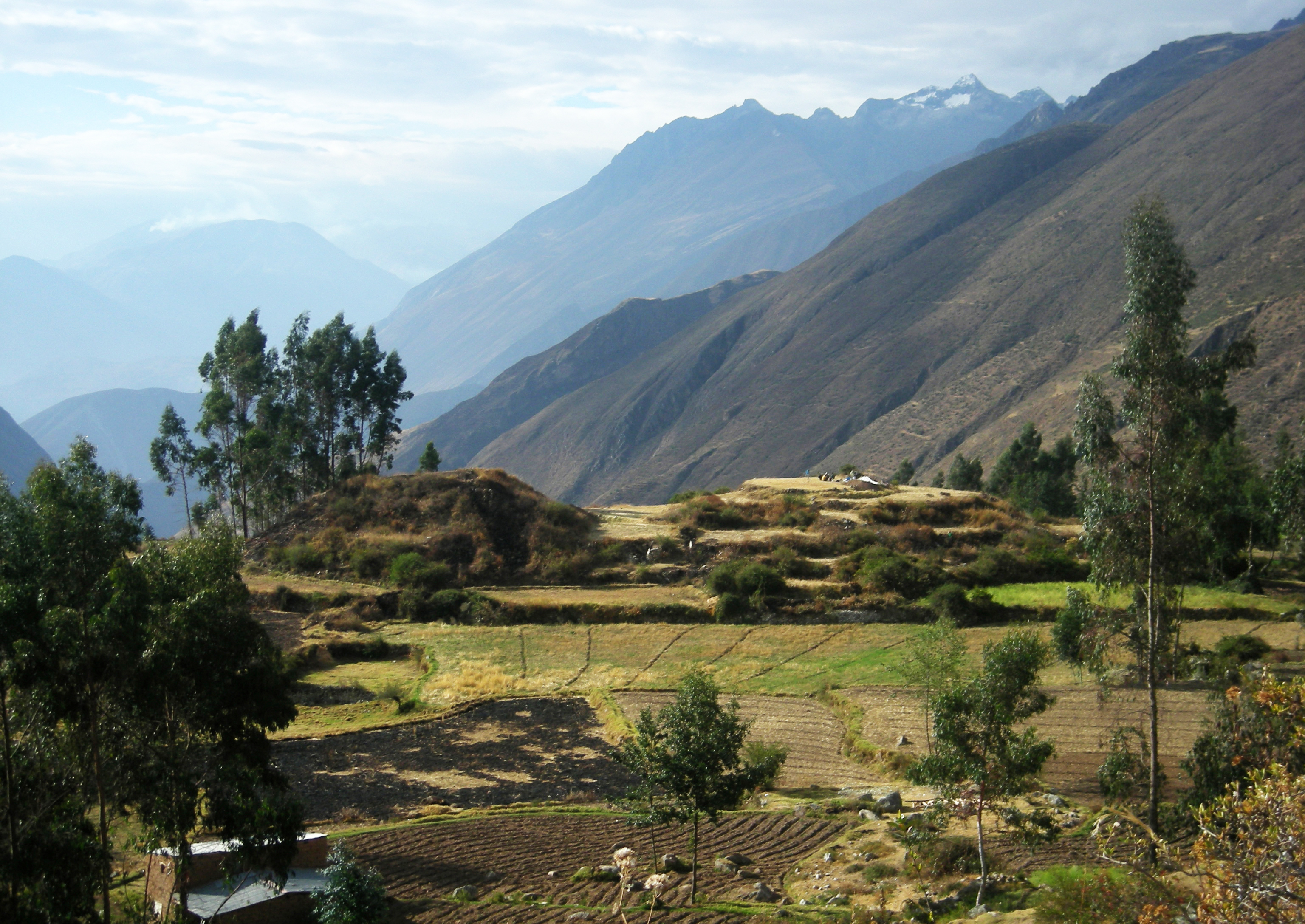
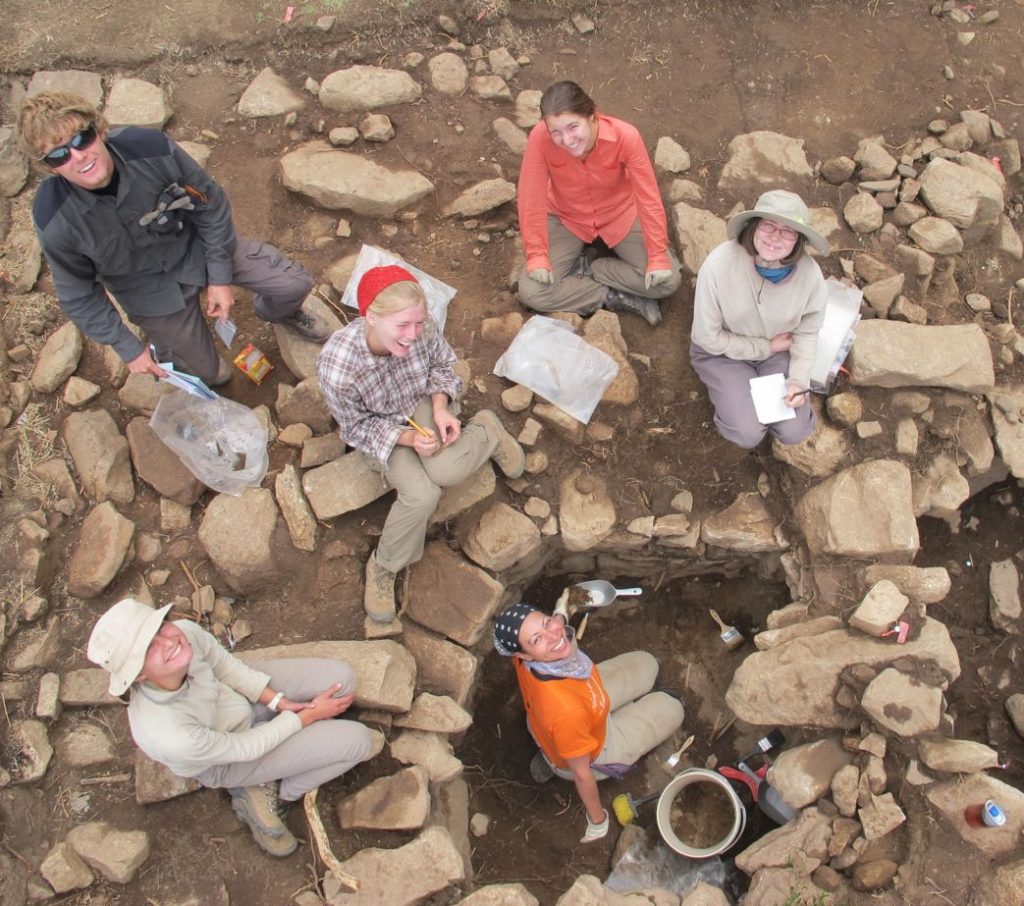

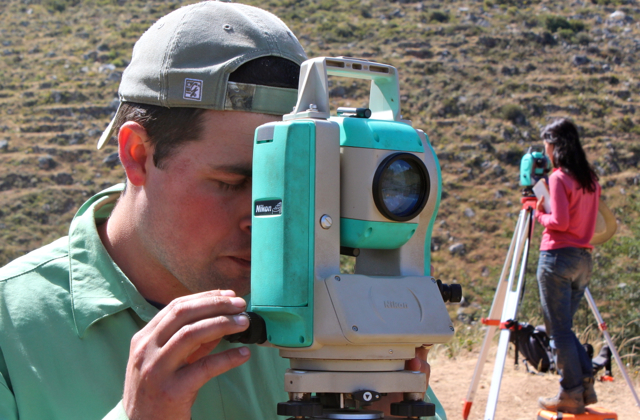
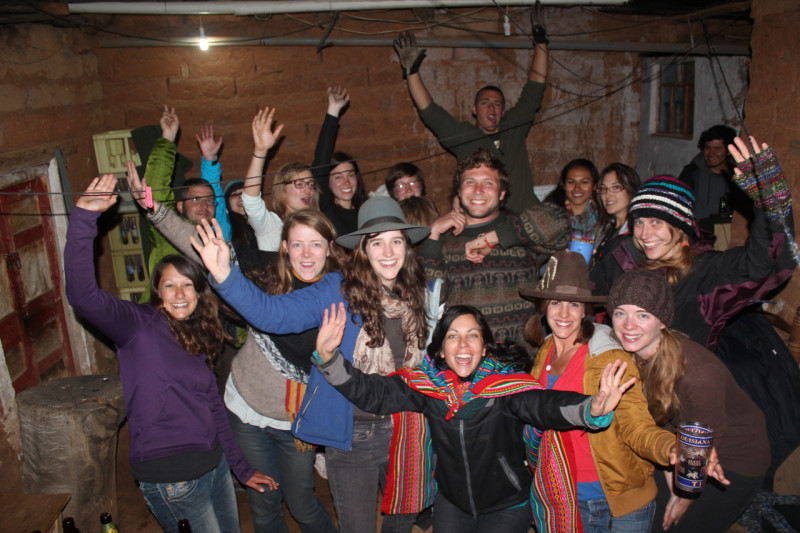
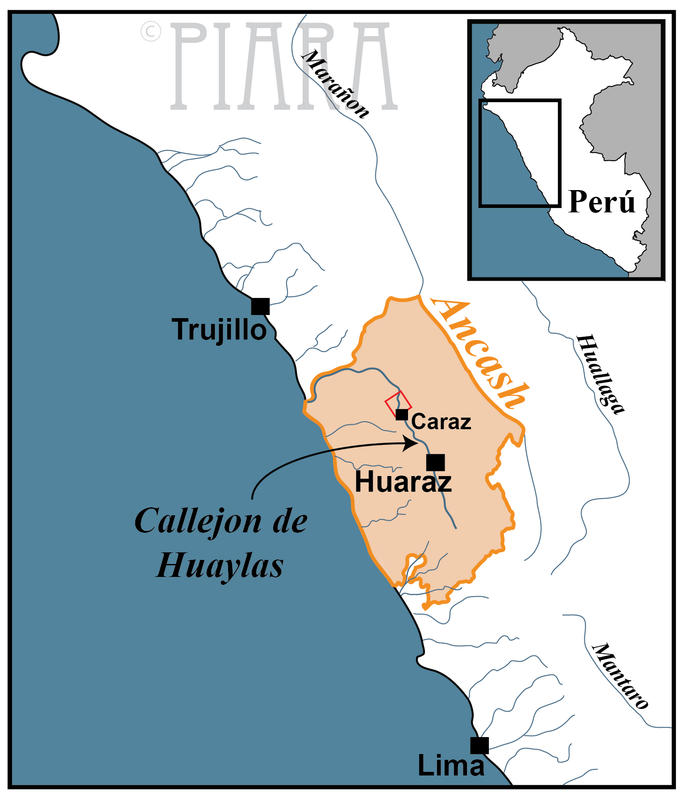
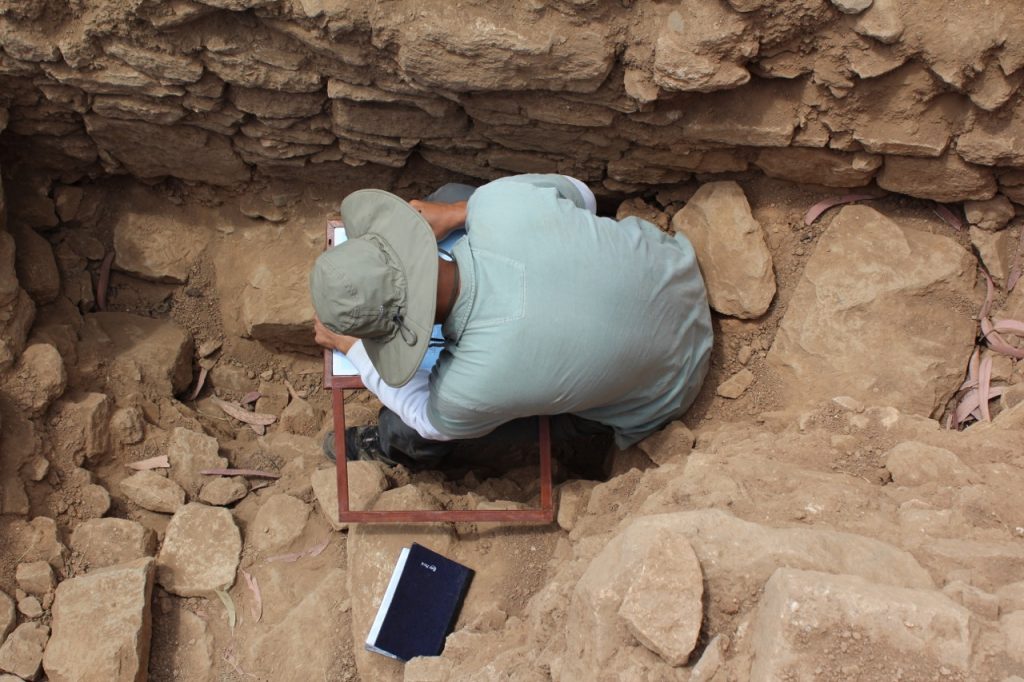
Location: Hualcayán, AN, PE
Season: May 20, 2024 to June 9, 2024
Session Dates: May 20-June 9
Application Deadline: May 1, 2024
Deadline Type: Rolling
Website: http://www.piaraperu.org/fieldschool.php
Program Type:
Field School
RPA Certified:
No
Affiliation:
Universidad Nacional Santiago Antúnez de Mayolo
Project Director:
Dr. Rebecca Bria (UTSA) and Lic. Erick Casanova Vasquez
Project Description:
Join PIARA in the spectacular Andean highlands of Peru! We offer an exciting field school course where participants gain experience in a variety of fundamental field and laboratory skills. In this field experience, participants will excavate, map, and analyze artifacts from prehistoric architecture dating between 2500 BC and AD 1500 and gain experience with a range of specialized methods. During the field school, participants will live and work with the rural, bilingual Quechua/Spanish-speaking community of Hualcayán (highland Ancash, Peru), which facilitates an important component of the field school: learning to ethically and respectfully conduct research on the remains of other people’s heritage through community collaboration. Finally, participants will travel to important archaeological sites and museums in three cities and visit stunning natural features like high altitude lagoons. The field school is open to both students and non-students, but all participants will receive six credit hours from the Universidad Nacional Santiago Antúnez de Mayolo (UNASAM).
Since 2011, approximately 200 participants have completed the PIARA archaeological field school at Hualcayán in Ancash, Peru. These students came from all over the world. This work has resulted in several undergraduate and masters theses and professional conference posters. In addition, approximately 40 Peruvian undergraduate students from UNASAM university in Huaraz and San Marcos University in Lima have completed practicum training at Hualcayán, culminating in eight final year thesis projects.
Hualcayán is located in the stunning Cordillera Blanca mountain range of the Peruvian Andes, situated below the Santa Cruz and Alpamayo glaciers in the Huascarán National Park: a UNESCO World Heritage Site protected for its rare beauty and unique ecosystem. We invite you to come experience this amazing landscape, its people, and its ancient past.
Period(s) of Occupation: Prehistoric Andes. Ancient Hualcayán was occupied for nearly four millennia between 2400 BC and AD 1450.
Notes:
PIARA is committed to maintaining a safe and inclusive working environment for all participants. We have a zero-tolerance policy for sexual or gender-based discrimination or harassment.
Project Size: 1-24 participants
Minimum Length of Stay for Volunteers: Full length of session
Minimum Age: 18
Experience Required: No archaeological experience necessary, just one year of full-time undergraduate studies must be completed.
Room and Board Arrangements:
You will live in the heart of Hualcayán, a traditional Andean bilingual Quechua/Spanish-speaking farming community, providing an immersed cultural experience. Hualcayan has around 400-500 people. Local people grow quinoa, potatoes, snow peas, beans, and wheat, and raise animals such as pigs, cows, chickens, and guinea pigs (called cuy). In 2012, PIARA constructed a project house with a large lab space, kitchen, bathrooms, basic showers, and several spacious sleeping quarters. This adobe and concrete building is a ten-minute walk from the archaeological site and will serve as our home, kitchen, classroom (with projector) and laboratory.
All participants are required to bring their own sleeping bag and sleeping mat for the floor (accepted applicants will receive a detailed supply list). Hualcayán has a beautiful view of the Callejón de Huaylas valley, and has several other archaeological and natural features within a short walking distance from the village including a waterfall, and students are encouraged to explore the area during free time. We also have a library of archaeology books to read and reference.
In the evenings at Hualcayán we will have a movie projector and movies to choose from. We also have a courtyard where you can socialize. Students are encouraged to arrive with international plans on their personal phones. Chores will rotate and include helping our cook prepare dinner, dishwashing, boiling water, getting lunch ready for the field, bathroom duty, and sweeping. Participants must be willing to live in close quarters with others (including Peruvian participants who may not speak English), have a general attitude of cooperation, and have fun while working hard!
Prior Spanish or Quechua language training will enrich this experience, but this is not a requirement as the course is instructed in English and Spanish.
Academic Credit:
6 credits offered by Universidad Nacional Santiago Antúnez de Mayolo (Huaraz, Peru). Credit hours are included in the program fee. If applicants wish to explore credit options through the Study Abroad office at the University of Texas at San Antonio, please reach out to PIARA Director Dr. Rebecca Bria via email (rebecca.bria@utsa.edu).
The AIA is North America's largest and oldest nonprofit organization dedicated to archaeology. The Institute advances awareness, education, fieldwork, preservation, publication, and research of archaeological sites and cultural heritage throughout the world. Your contribution makes a difference.
Notifications